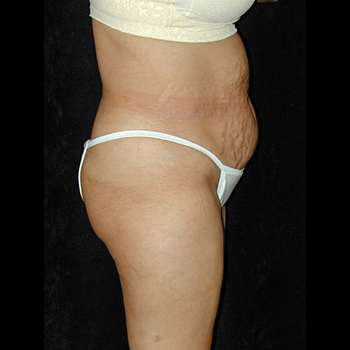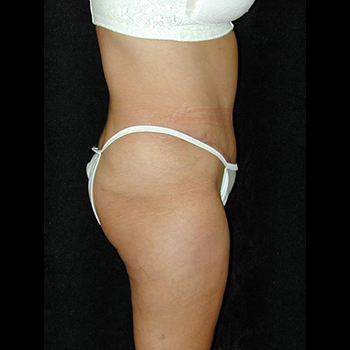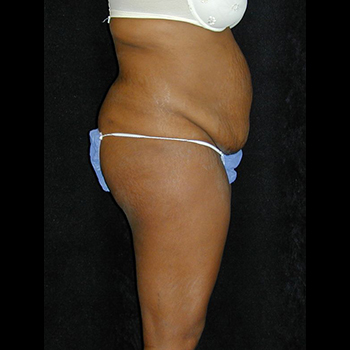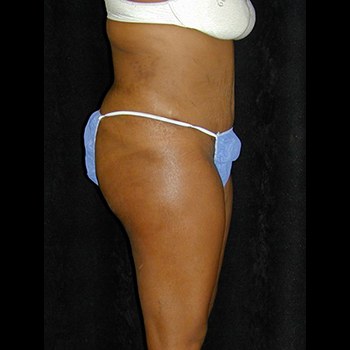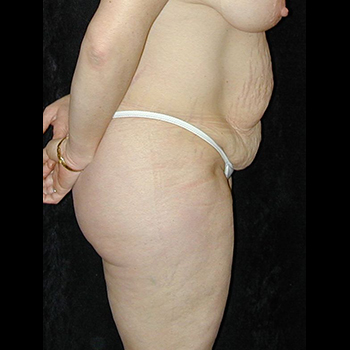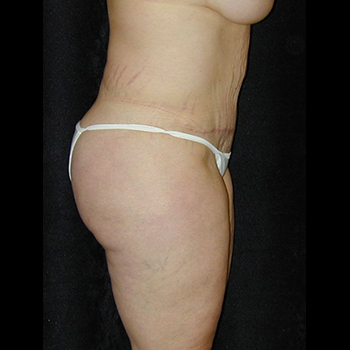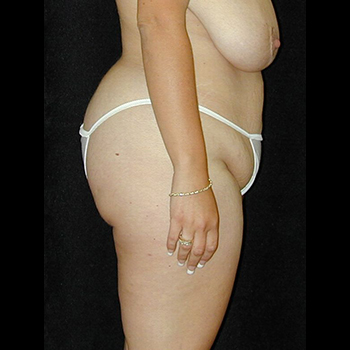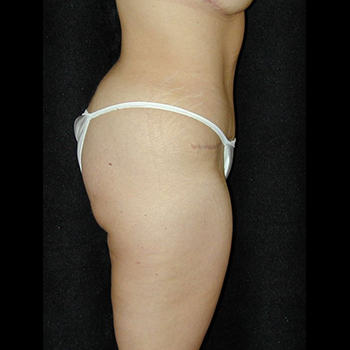Navigation
Tummy Tuck in Newport Beach
If you are struggling to achieve the firm and toned abdominal contour you desire, it’s not your fault. Genetics, weight loss, and pregnancy can make our bodies more prone to developing excess tissue around the abdomen that obscures attractive definition. Tummy tuck surgery performed by Dr. Ip is designed to provide patients with dramatic abdominal contouring results that will revitalize your appearance.
Benefits of Tummy Tuck Surgery
Dr. Ip Will Guide You
Identify Your Tummy Type
Laxity After Weight Loss
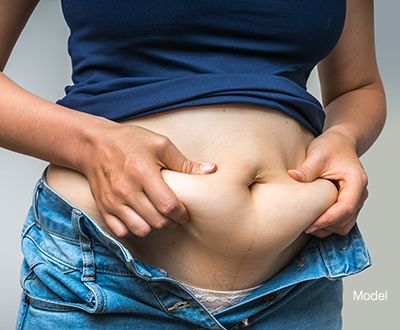
Patients who have been overweight for a long time often find that they have significant skin laxity after their weight loss. This may be characterized by multiple folds of excess skin around the abdomen that are unsightly and painful. After weight loss, patients may also have weak abdominal muscles that require correction. Treating sagging abdominal tissues helps many people achieve the body contour they envisioned at the start of their weight loss.
Post-Pregnancy Pooch

Following pregnancy, women may find that weakened abdominal muscles cause them to develop a tummy pooch. A post-pregnancy stomach may have a limited amount of sagging skin. Women struggle to feel confident in their newly changed bodies and often become frustrated when they cannot reclaim their pre-baby body. Targeting loose abdominal muscles and correcting any excess tissue helps women regain the slim, toned appearance they may have had before pregnancy.
Age-Related Sagging
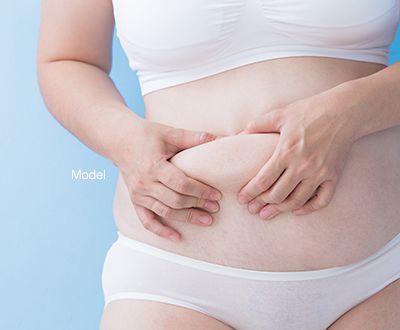
As you age, you become more prone to developing skin laxity. Diet and exercise can help maintain muscle tone, but even a healthy lifestyle cannot prevent the natural weakening of abdominal skin. Patients with age-related abdominal sagging may find that they require correction of their skin accumulation. Improving an aging abdominal contour helps many men and women maintain a vibrant, youthful appearance.
Tummy Tuck Techniques
Mini Tummy Tuck
- A mini tummy tuck is ideal for patients who require tightening of their muscles but only require limited skin removal
- A limited incision is created low in the bikini line
- The outer layer of tissue is pulled away from the abdominal muscles
- Deep sutures are used to tighten the abdominal muscles
- Any excess lower abdominal tissue is trimmed away
- The remaining tissue is draped to highlight your new abdominal contour
Traditional Tummy Tuck
- A traditional tummy tuck is best suited for patients who require the tightening of both their muscles and excess skin
- An incision is created low in the pubic area that extends from hip bone to hip bone
- An additional incision is created around the navel
- The skin is separated from the muscles, which are then tightened using deep sutures
- Excess skin from the lower abdomen is trimmed away
- Your abdominal area is shaped to provide the best abdominal appearance
Extended Tummy Tuck
- The extended tummy tuck is designed for patients after major weight loss
- The extended tummy tuck targets unwanted folds of skin around the abdomen, flanks, and back that are a result of weight loss
- A long incision is placed low in the pubic area that extends around the hips to the lower back
- Excess tissue is removed from around the abdomen, flanks, and back to reveal your new, slimmer physique
- The abdominal muscles are tightened in patients that require improvement
Recovery
Immediately following your surgery, you will experience bruising and swelling of your abdomen. A specialty compression garment should be worn to help minimize excess swelling. It is important to carefully follow your postoperative instructions to ensure quality healing and the best results possible.


